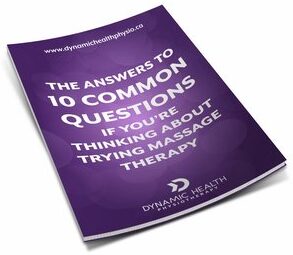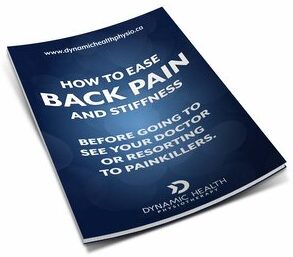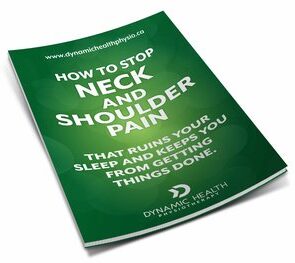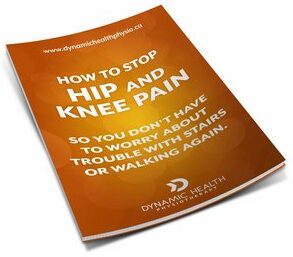- August 9, 2020
THINK YOU HAVE CARPAL TUNNEL SYNDROME? HERE'S WHAT YOU NEED TO KNOW
WHAT IS CARPAL TUNNEL SYNDROME?
So maybe you’ve been Googling around the internet, looking up symptoms. Maybe you’ve been told by your doctor or someone else that you have carpal tunnel syndrome. Here’s what you need to know when you are wondering what to do next.
The first thing you’re probably wondering is – What IS carpal tunnel syndrome anyway?Carpal tunnel syndrome occurs when the median nerve (one of the main nerves in the hand) becomes compressed as it travels through the wrist. This can cause a variety of symptoms that range from an occasional annoying tingle to completely debilitating pain and loss of function.

WHAT ARE THE SYMPTOMS OF CARPAL TUNNEL SYNDROME?
Numbness in your hand and fingers (most often the thumb, index, middle and ring finger)
Pain through your hand and wrist
Weakness of the muscles in your hand (you may find you are often dropping items or having issues picking things up).
Reduced ability to complete small fine motor tasks (ie: holding a pencil, doing up zippers or buttons)
Shock-like feelings in your hand(s)
Pain, numbness and tingling can also radiate up your forearm
WHAT ARE THE CAUSES OF CARPAL TUNNEL SYNDROME?
While many factors can contribute to CTS, the most common causes include:
Repetitive hand/wrist activity
Position of your hands and wrists during activity (such as computer use and office work)
Other health conditions such as diabetes
Pregnancy (due to hormonal changes)
Heredity (size of carpal tunnel varies from person to person)
CAN CARPAL TUNNEL BE TREATED?
Good news! Yes, Carpal Tunnel Syndrome can be treated. But, as with most injuries, it is best if caught and treated early. When you first start to notice symptoms, it’s best to have it checked by someone like your doctor or a physiotherapist.
WHAT WILL PHYSIOTHERAPY FOR CARPAL TUNNEL SYNDROME INVOLVE?
Patient education regarding Carpal Tunnel syndrome (what it is, healing expectations, symptom management strategies)
Patient education regarding modifications that can be made at work or at home to decrease pressure on the wrist
Nerve mobilization exercises
Strengthening of the wrist and forearm
Modalities are often used as well to reduce pain and inflammation (IFC, TENS, heat/ice, acupuncture)
Splinting may also be discussed to help reduce pain and help with positioning at work and during sleeping.
WHAT OTHER OPTIONS ARE AVAILABLE?
If improvements aren’t seen with conservative treatments like bracing and physiotherapy, you may be referred for further nerve testing (a nerve conduction test) and possible carpal tunnel surgery.

Have Questions About Massage Therapy

Need some help with your back pain?

Struggling with neck or shoulder pain?
Click the button below to claim your free copy of this neck and shoulder pain tips report!

